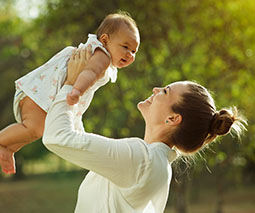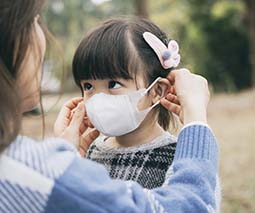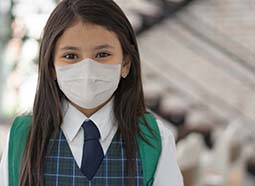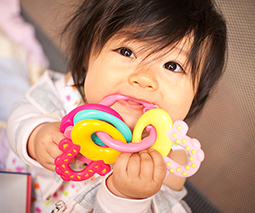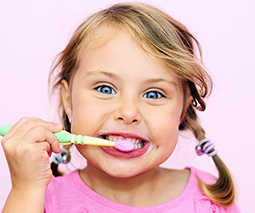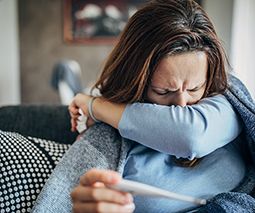Weighted blankets: What are they and do they REALLY help kids’ health?
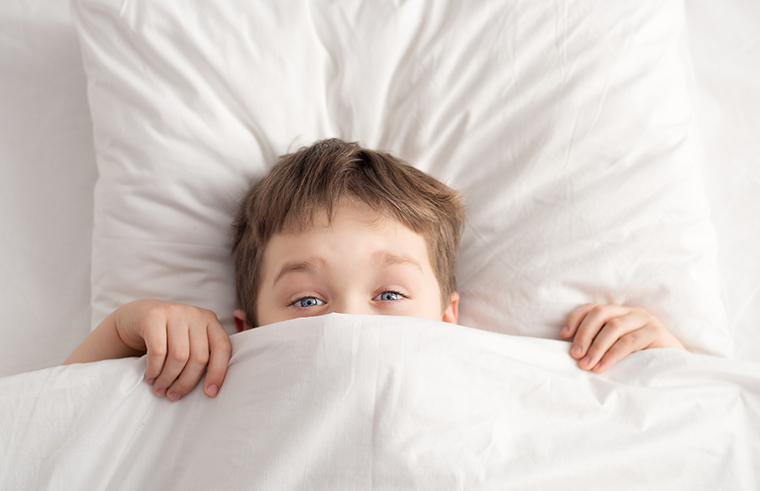
Weighted blankets are becoming more and more popular, but are they really worth the money and do they even work?
To weight or not to weight?
Weighted blankets are designed to ease anxiety and regulate behaviour and emotions. The blankets are designed to provide hands-free ‘deep pressure touch’ which Harvard Medical School says is similar to a hug.
“The blankets are supposed to work much the same way tight swaddling helps newborns feel snug and secure so they can doze off more quickly,” a Harvard piece published last year explains.
“The blanket basically simulates a comforting hug, in theory helping to calm and settle the nervous system.”
The blanket weights varying from 2 kilograms right up to more than 10 kilograms. While those heavier blankets are perfect for adults who need a bit of soothing time out, they’re potentially hazardous for some children. In fact there have been a couple of fatalities in children because of the misuse of weighted blankets. A 7-month-old baby suffocated and died while covered with a weighted blanket and a 9-year-old boy with autism suffocated while rolled up in a weighted blanket.
Deep pressure touch
That deep pressure touch we referred to is sometimes used as an intervention with children and adults who have autism or mental health conditions. In those cases it’s hoped that deep pressure can help someone who is feeling overloaded with sensory stimuli to feel more calm.
This deep pressure may come in the form of a hug from a parent or support person. Weighted blankets may also be used as a hands-free form of deep pressure, as can weighted vests and jackets. (These blankets are sometimes used by adults who suffer from insomnia, too.)
While lauded anecdotally as being helpful to many, interestingly there’s not a lot of actual scientific data to back up the effectiveness of weighted blankets at the moment.
The studies that have been done appear to have targeted the safety of these blankets, rather than other health-related benefits.
No hard evidence as yet
In one study published back in 2008 (in Occupational Therapy in Mental Health) researchers had 33 adults lie down under 13.6 kg weighted blankets for 5 minutes.
“Nineteen participants said they felt more relaxed with the blanket, while eight said they felt equally relaxed either way, and three said they felt more anxious under the blanket,” Live Science reports.
“The researchers noted that the results suggested that just laying down was enough to physiologically relax most participants enough that any additional benefit of the weighted blanket disappeared.”
Studies into weighted blanket use in kids with autism have disappointingly found no benefits. The same goes for research into the use of weighted clothing in kids with autism.
One 2014 study found that the behaviour of kids with ADD did improve when they wore a weighted vest.
Use carefully
While the scientific evidence is not there at the moment, anecdotally some parents have found weighted items helpful for their children.
That said, in a piece on the safety of weighted products, Oxford Health NHS Foundation Trust recommends that weighted blankets and clothing should only be used under adult supervision.
The Trust also provided the following safety recommendations:
In particular, weighted products should not be used for children with:
- Respiratory (breathing) problems
- Cardiac (heart) problems
- Epilepsy
- Serious hypotonia (low tone)
- Skin problems, including certain allergies
- Circulatory problems
- Physical, learning or other difficulties which mean the child is unable to remove the blanket independently
If you’re planning on using a weighted blanket on your child, be sure to discuss it with your GP first.
